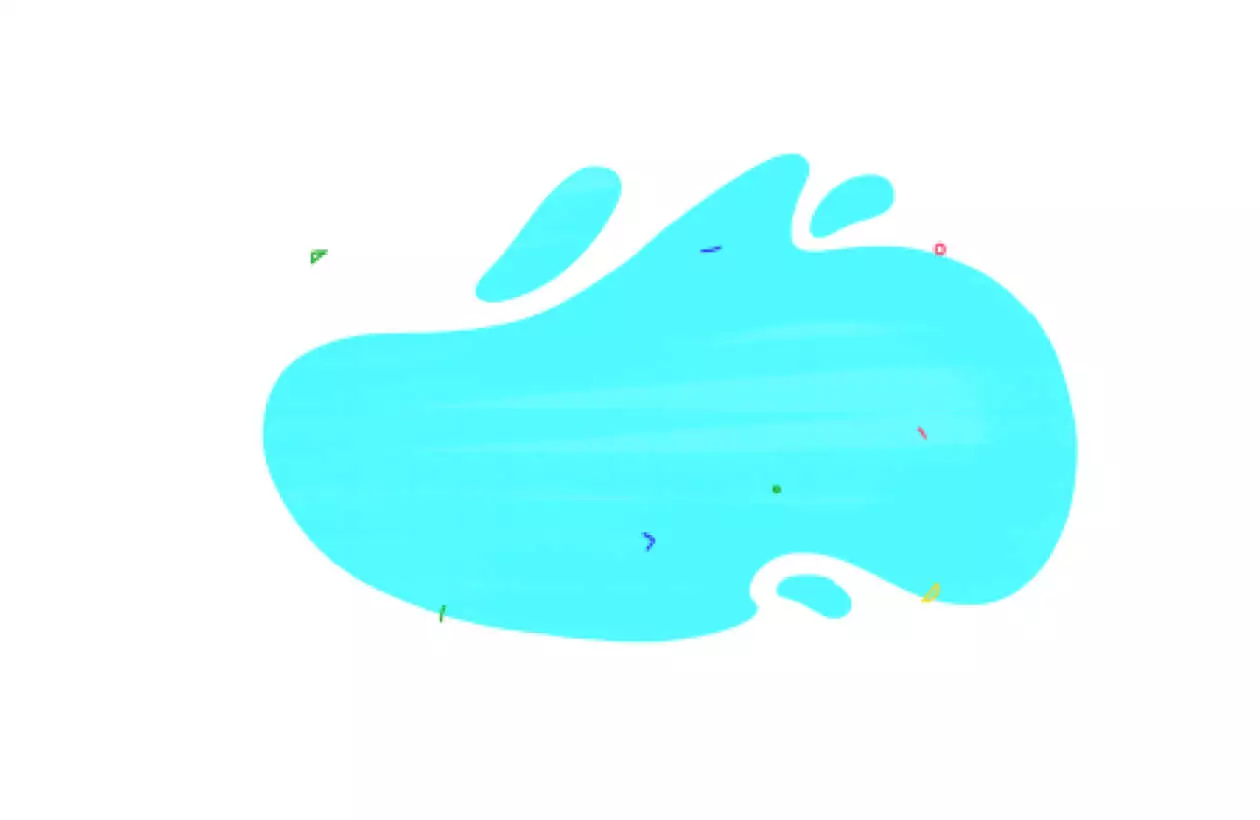Puberty is a natural and transformative phase that everyone goes through. It lays the foundation for the development of secondary sexual characteristics and the ability to reproduce. This period is characterized by a series of physical, emotional, and hormonal changes
Although everyone has their own unique puberty timeline, boys and girls usually progress through their own sets of physical milestones, otherwise known as the Tanner stages of puberty or sexual maturity ratings (SMRs).
These Tanner stages help identify what happens during puberty and in what order. Learning the signs or symptoms of each Tanner stage of puberty can help you better understand what your little one is going through—and better advocate for their well-being.
.

Tanner stage 1, when hormones are hard at work behind the scenes
Both females and males:
- The brain begins signaling the body to prepare for changes.
- The hypothalamus starts to send gonadotropin-releasing hormone (GnRH) to the pituitary gland.
- The pituitary gland begins making luteinizing hormone (LH) and follicle-stimulating hormone (FSH).
- There are no noticeable physical changes during stage 1 also known as pre-puberty.

Tanner stage 2, when the first physical signs of puberty occur
Female puberty indicators:
- Breast buds start to form under the nipple. They may be tender, and they may each grow at a different rate—that’s normal.
- The areola (the darker area surrounding the nipple) expands.
- The uterus grows larger.
- Pubic hair begins growing on the lips of the vulva.
Male puberty indicators:
- The testicles and scrotum grow larger.
- Pubic hair starts to grow on the base of the penis.

Tanner stage 3, the growth spurt stage
Female puberty indicators:
- A major height growth spurt begins (averaging about 3.2 inches per year).
- Breast buds continue to grow.
- Pubic hair becomes thicker.
- Hair begins forming under the armpits.
- Acne may start to appear on the face and back.
- Fat begins to accumulate on the hips and thighs.
Male puberty indicators:
- Height growth increases to 2-3.2 inches per year.
- The penis becomes longer and the testicles continue to grow larger.
- Some breast tissue may begin forming under the nipples. This happens to some males during development, but usually goes away within a couple of years.
- Males begin to have nighttime ejaculations, also known as wet dreams.
- The voice begins to change and may “crack” between higher and lower registers.
- The muscles expand.

Tanner stage 4, the continuation of development
Female puberty indicators:
- The breasts become fuller.
- Many females get their first period, although it can happen earlier.
- Height growth slows down to 2-3 inches per year.
- Pubic hair continues to grow thicker.
Male puberty indicators:
- The testicles, penis, and scrotum grow larger and darker in color.
- Hair begins to form under the armpits.
- The voice deepens permanently.
- Acne may begin to develop.

Tanner stage 5, the final stage
Female puberty indicators:
- Adult height is reached between one and two years after the first period.
- The breasts reach their approximate adult size (although breasts can continue to change through age 18.)
- Periods start to become regular, which usually takes anywhere from six months to two years.
- Pubic hair reaches the inner thighs.
- The genitals and reproductive organs are fully developed.
- The hips, thighs, and buttocks fill out in shape.
Male puberty indicators:
- Growth in height slows, but muscle growth may continue.
- Adult height is typically reached.
- The penis, testicles, and scrotum reach their final adult size.
- Pubic hair spreads to the inner thighs.
- Facial hair begins to grow.
When does puberty start and end?
For girls, the second tanner stage of puberty typically begins around age 10 and will end around age 17. Boys experience puberty a bit later, beginning around age 11 and still typically ending around age 17. All bodies are different and may begin or end puberty within a few years of this benchmark.
Puberty can be confusing at any age… even for parents! If you notice your child is experiencing any early indicators of puberty your pediatrician can check for other signs of central precocious puberty like growth acceleration, pubic hair, menstruation, and testes or breast bud development.
TPI.2022.3162.v1 (v1.1)




